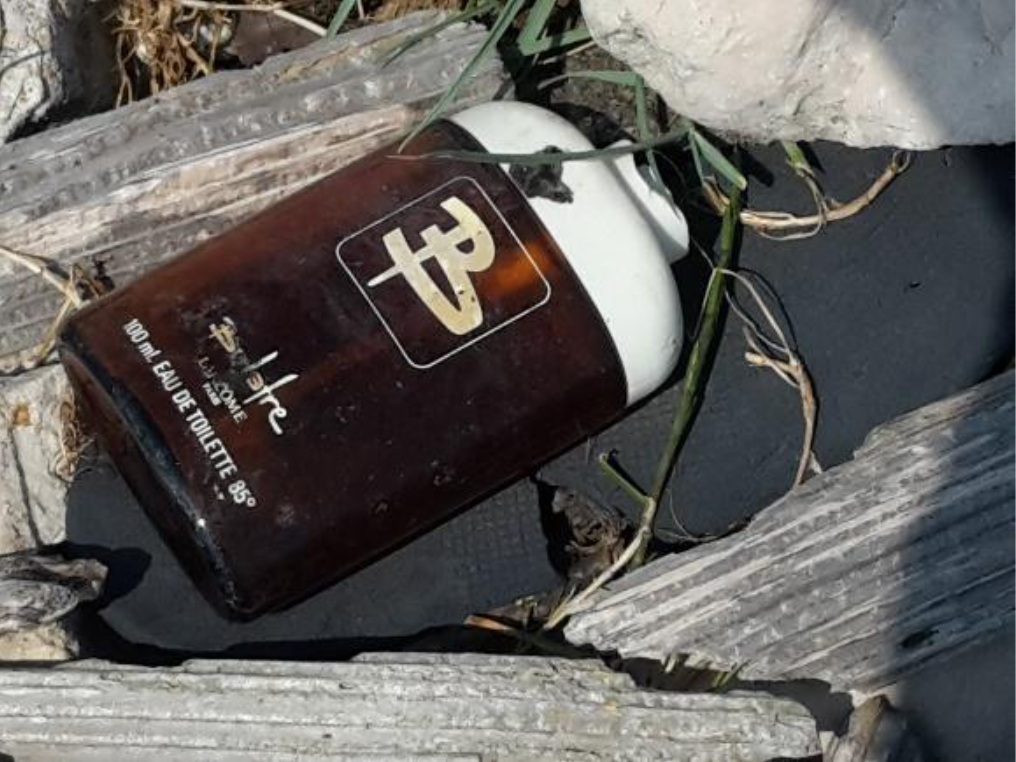Only after a succesful introducing of plastics as durable material we have recognized the environmental burden of its long perseverance. It seems to become our lifelong task. 2.5 percent of the world’s plastic ends up in the sea [1].
Plastics categories
Environmental plastic litter ranges in size from macroplastics to nanoplastics. Microplastics are particles ≤ 5 mm in size and could be of secondary source, when result from the breakup of larger plastic pieces. As a primary source they are present as microbeads (usually ≤ 1 mm in size) included as ingredients in personal care and cosmetic products (PCCPs) [3].
Cosmetic products and sea litter
As microplastics have the capability of various chemical binding, entering the fish and other sea animals they get incorporated in the food chain, with a man on the top. Did you know, that the harm to fish and other sea creatures is increasing?
A year 2009 research by Scripps to the Great Pacific Garbage Patch [1], being surveyed since 1970s, found 9 % of the fish had ingested plastic. The analysed material in all of the garbage patches showed that 671 fish was collected, and 35 % had ingested plastic particles [2].

Figure 1: PCCPs as a sea litter footprint, evidenced at uninhabited coast of Adriatic area (photo: Natalija Špeh)
The environmental impact of cosmetics is estimated as about 70% of the beauty industry’s waste comes from packaging [3]. According to the latest reports from Zero Waste Week, beauty packaging amounts to 120 billion units every year. That includes plastic, paper, glass, and metals, all of which end up in landfills year after year.
Sources
[1] https://www.youtube.com/watch?v=0EyaTqezSzs
[2] Parker, Laura. National Geographic, 2015. https://www.nationalgeographic.com/science/article/140414-ocean-garbage-patch-plastic-pacific-debris
[3] The courage to change. British Beauty Council. 2020. https://issuu.com/britishbeautycouncil/docs/bbc_20-_20the_20courage_20to_20change_screen_final


0 Comments